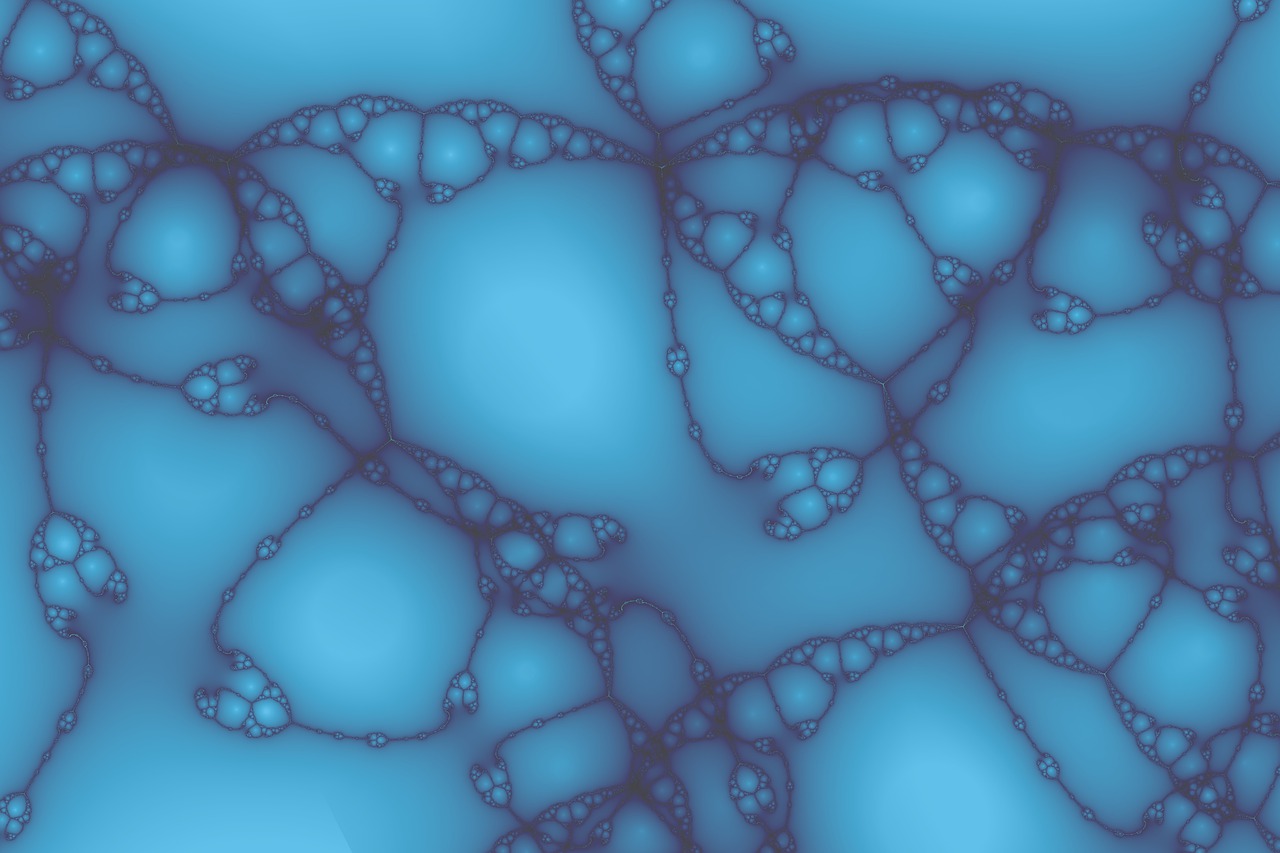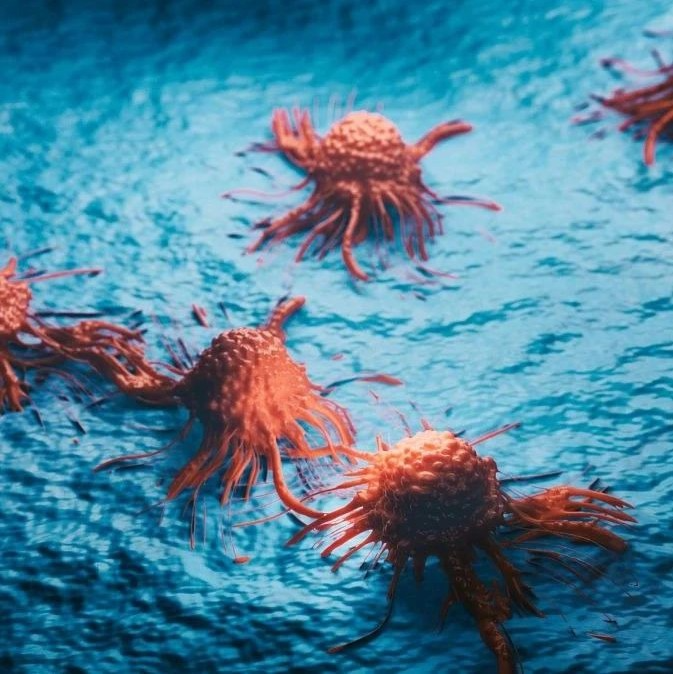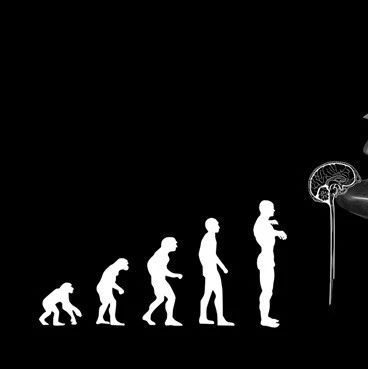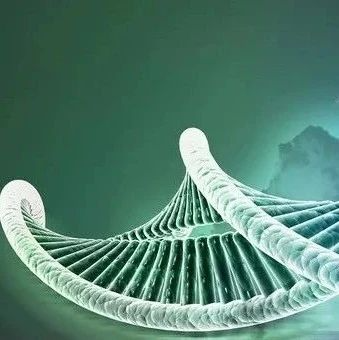起源于东亚和东南亚的环毛类蚯蚓与起源于欧洲的正蚓科蚯蚓是两类主要的世界性入侵蚯蚓。值得注意的是,虽然外来的欧洲正蚓也广泛分布于我国北方,但由北至南,数量逐渐减少,而土著的亚洲环毛类蚯蚓却逐渐增多。这种南北分异的蚯蚓分布格局,可能是气候、生境和蚯蚓本身的特性共同作用的结果。但是,传统的入侵生态学研究方法无法将气候、生境和生物本身的特性对生物入侵的贡献区分开来,所以难以确切了解蚯蚓本身的入侵或抵御入侵的能力。
中科院华南植物园恢复生态学团队张卫信博士在傅声雷研究员和美国佐治亚大学奥德姆生态学院Paul F. Hendrix教授的指导下,提出了一种“第三方生境”的研究方法,即在一个相对陌生的第三方生境中,研究环毛类蚯蚓与欧洲正蚓的相互作用。因为,在第三方生境中两类蚯蚓都是外来种,没有漫长的“物种-生境”相互适应过程,从理论上说,彼此碰上适宜或不适宜生境的机会均等。这种情况下,蚯蚓的生物学特性将决定其是否能成功入侵。
应用这种新的方法,张卫信等研究了美国温带落叶阔叶林中的两种外来蚯蚓,一种欧洲正蚓(Lumbricus rubellus)与一种亚洲环毛类(Amynthas agrestis)之间的相互作用,成功区分了蚯蚓本身的入侵性(Invasiveness)和生境的可入侵性(Invasibility)在蚯蚓入侵过程中的贡献。借助于稳定性同位素(13C和15N)和微生物磷脂脂肪酸技术,研究人员发现蚯蚓的食性特点对其入侵能力影响巨大,而且亚洲环毛类蚯蚓的取食过程对于欧洲正蚓的生存非常不利。具体说来,虽然亚洲环毛类蚯蚓偏好取食土壤(包括其中的生物),而欧洲正蚓偏好取食凋落物,但是,欧洲正蚓取食凋落物的过程需要土壤微生物(G+菌)的参与;亚洲环毛类蚯蚓摄食能力强且富于变化,其强势的取食过程打破了欧洲正蚓与土壤微生物(G+菌)间的关键联系,进而严重影响了欧洲正蚓对凋落物的取食,最终抑制了欧洲正蚓在北美温带落叶自然林的生存。
此项工作揭示了蚯蚓入侵的一种新机制,发展了入侵生态学的研究方法,同时也显示了研究多个入侵物种间相互作用的重要性。这对研究我国南方自然林中环毛类蚯蚓对外来种的抵御机制也有重要的启发和借鉴作用。相关内容已在国际生态学权威期刊《生态学》(Ecology)在线发表。
更多阅读
《生态学》发表论文摘要(英文)
Ecology e-View.
doi: 10.1890/09-0979
Dietary flexibility aids Asian earthworm invasion in North American forests
Weixin Zhang, Paul Hendrix, Bruce Snyder, Marirosa Molina, Jianxiong Li, Xingquan Rao, Evan Siemann, Shenglei Fu (2009)
On a local scale, invasiveness of introduced species and invasibility of habitats together determine invasion success. A key issue in invasion ecology has been how to quantify the contribution of species invasiveness and habitat invasibility separately. Conventional approaches, such as comparing the differences in traits and/or impacts of species between native and/or invaded ranges, do not determine the extent to which the performance of invaders is due to either the effects of species traits or habitat characteristics. Here we explore the interaction between two of the most widespread earthworm invaders in the world (Asian Amynthas agrestis and European Lumbricus rubellus) and study the effects of species invasiveness and habitat invasibility separately through an alternative approach of "third habitat" in Tennessee, USA. We propose that feeding behaviors of earthworms will be critical to invasion success because trophic ecology of invasive animals plays a key role in the invasion process. We found that (1) the biomass and isotopic abundances (δ13C and δ15N) of A. agrestis were not impacted by either direct effects of L. rubellus competition or indirect effects of L. rubellus-preconditioned habitat; (2) A. agrestis disrupted the relationship between L. rubellus and soil microorganisms and consequently hindered litter consumption by L. rubellus; and (3) compared to L. rubellus, A. agrestis shifted its diet more readily to consume more litter, more soil G+ bacteria (which may be important for litter digestion), and more non-microbial soil fauna when soil microorganisms were depleted. In conclusion, A. agrestis showed strong invasiveness through its dietary flexibility through diet shifting and superior feeding behavior and its indirectly negative effect of habitat invasibility on L. rubellus via changes in the soil microorganism community. In such context, our results expand on the resource fluctuation hypothesis and support the superior competitor hypothesis. This work presents additional approaches in invasion ecology, provides some new dimensions for further research, and contributes to a greater understanding of the importance of interactions between multiple invading species.
Keywords: "third habitat" approach, earthworm invasion, feeding effect, food web, habitat invasibility, phospholipid fatty acid, soil microbe, species invasiveness, stable isotopes







